10 most important eco features for homebuyers
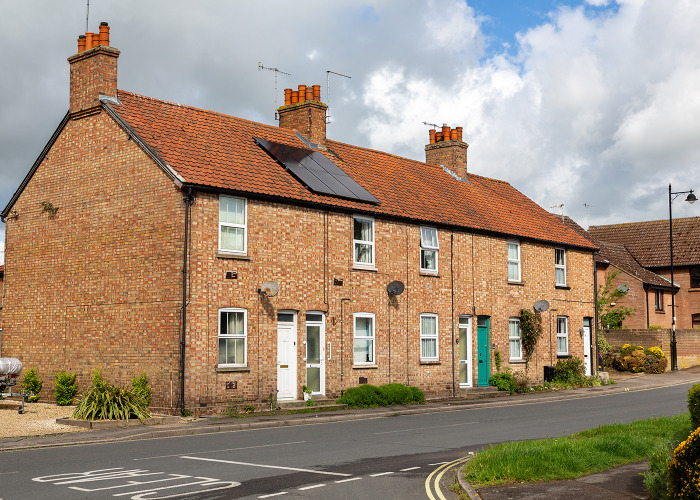
As new research suggests a quarter of homeowners plan to buy a more eco-friendly property next time, we look at what you can do to make your home more energy efficient
It seems the cost-of-living crisis and the climate change emergency are having an impact on the kinds of homes people are looking to buy, if new research is anything to go by.
Read more: 28 ways to cut down on your energy bills
MyGlazing, a consumer advice hub that is part of the Glass and Glazing Federation (GGF), reports that 24% of the 1,056 UK homeowners it surveyed in August 2022 said they plan to sell their home and buy a more energy-efficient property.
The same research revealed that on average homeowners would be prepared to pay an extra 15% for a home with an EPC (energy performance certificate) rating of C or above, while a surprising 5%—one in 20—would be prepared to pay an enormous 50% more for a greener home.
In November 2022, the government announced the ECO+ scheme, an extension of a previous initiative aimed to help low-income households make their homes more energy efficient, to help it reach its target of reducing energy reliance in UK homes by 15% by 2030 and ensuring all homes meet EPC band C standards by 2035.
If the research by MyGlazing is to be believed, then we could start to see a move away from popular period properties as buyers look for homes that already meet green targets and have carried out eco home improvements rather than buy a home they will have to bring up to standard.
Concerns around energy efficiency also mean that almost a quarter (24%) of homeowners asked during the survey are worried that their property’s low EPC rating could see its value drop.
Tom Butler of MyGlazing.com says: “It goes without saying that the energy efficiency of a property is becoming increasingly important to homeowners and buyers alike. For homeowners, having a property which is energy efficient will ultimately help to keep energy bills down, while also increasing buyer appeal for those planning to sell.”
If you would like to turn your property into an eco home, then here are the top 10 features homebuyers are looking for when buying a new property. Let the countdown begin...
10. Dual flush toilet (32%)
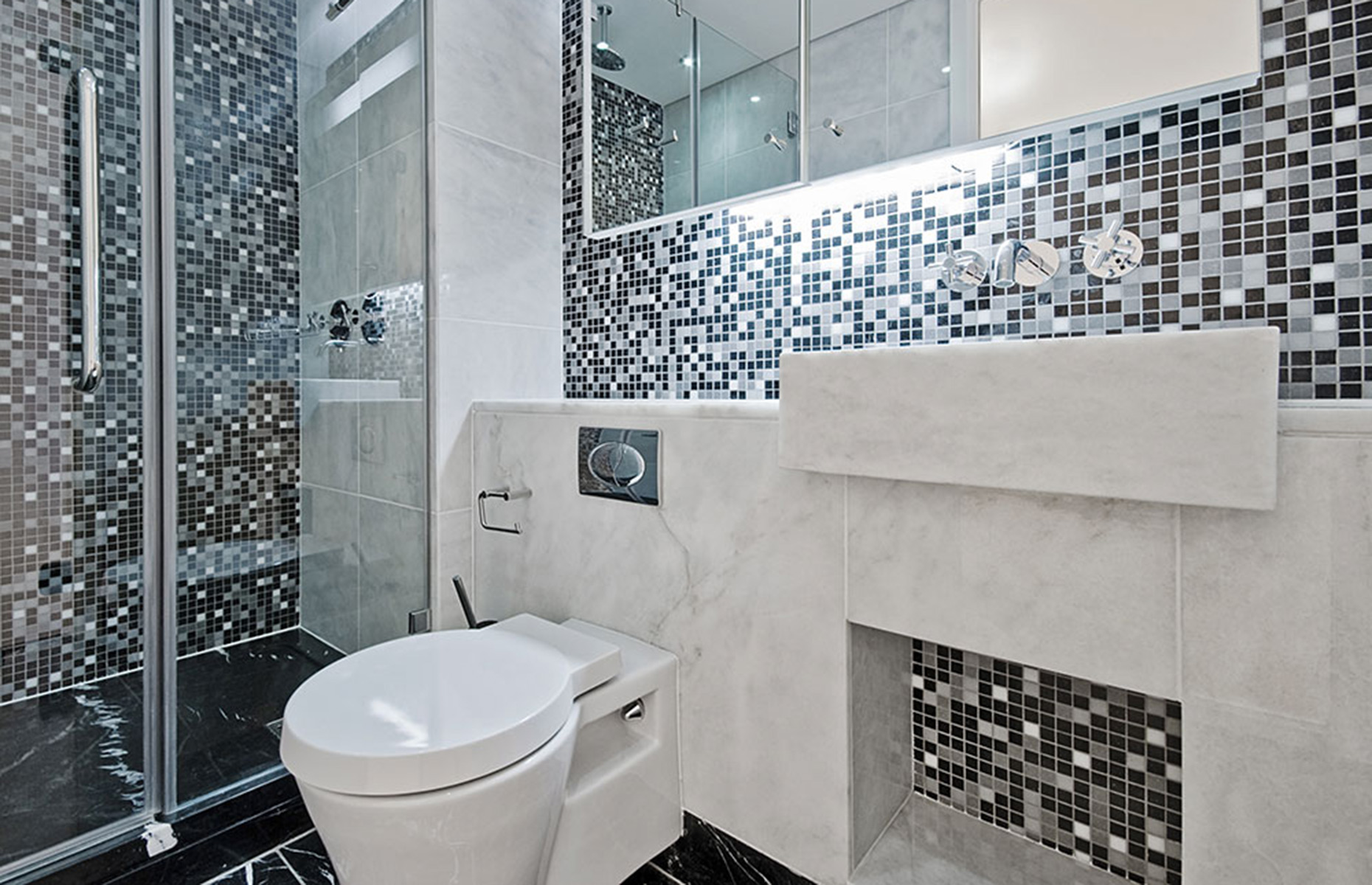
Image credit: 2009 yampi / Shutterstock
Did you know that a toilet with dual flush capability uses only 20% of the water of a normal toilet? According to The Greenage, toilet flushing accounts for a third of our water usage each day so this relatively easy swap, which has two water settings—a low volume setting for liquids and a high volume setting for, er, solids—could drastically reduce your water bills. New dual flush toilets start at around £100, while it costs just £15 to retrofit an older toilet with a dual-flushing mechanism.
9. A recently renewed EPC rating of C or above (33%)
With the government’s bold aim of getting all homes to an EPC rating of C or above by 2035, buyers will be looking for properties that already meet this standard. If you’ve made eco improvements to your home, then getting an up-to-date rating to reflect your changes could instantly increase your home’s value. To do so, you’ll need to get your home assessed by an accredited EPC assessor. Prices vary, but according to Checkatrade, it should cost somewhere in the region of £35-£120.
8. Solar panels (35%)
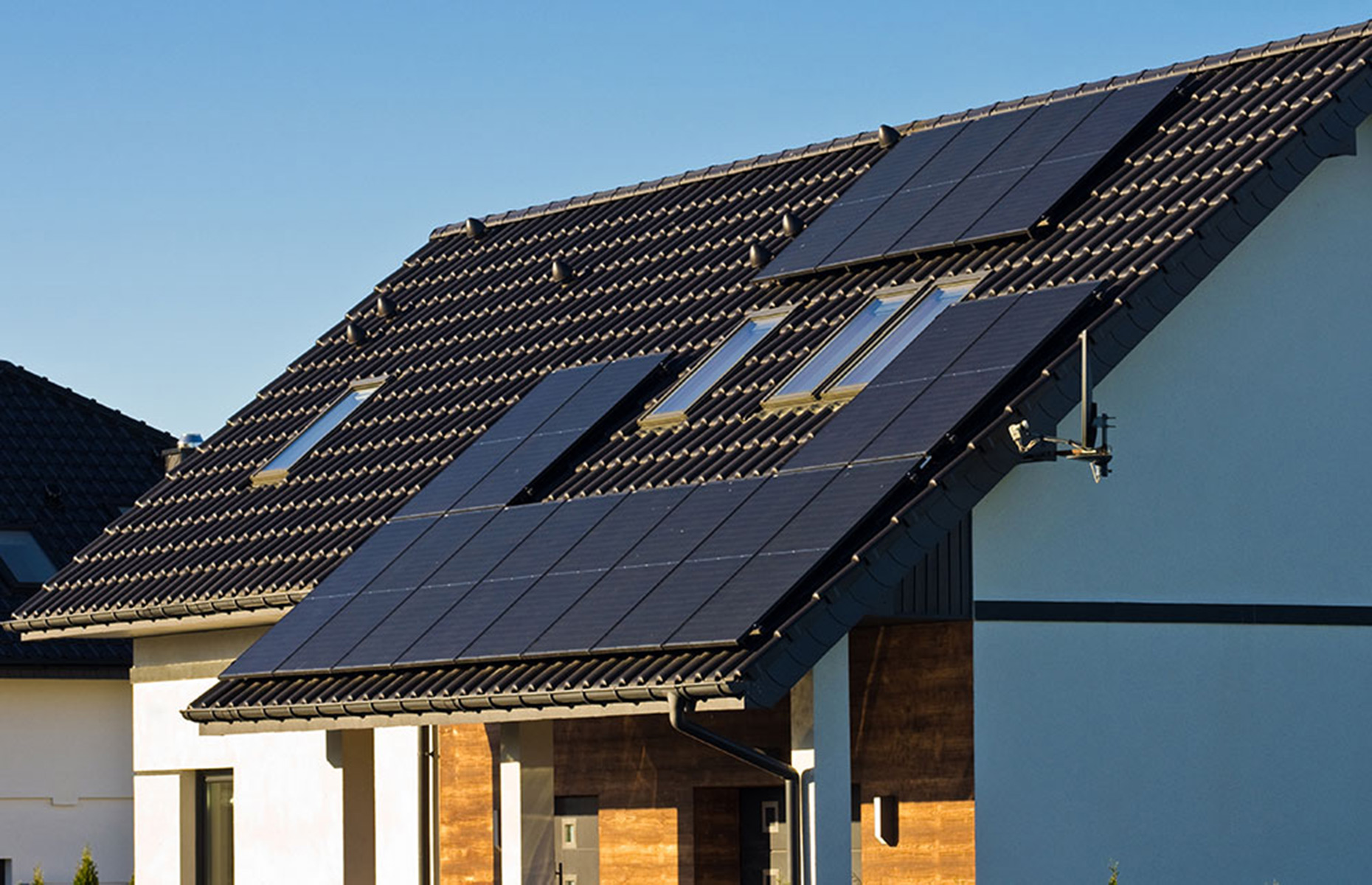
Image credit: 2020 AHatmaker / Shutterstock
Installing solar panels will not only enable your home to be powered by renewable energy but will also help you do ‘your bit’ for the environment since any unused energy will be exported to the National Grid and used by someone else. You can even get paid for this service by selling your power to the National Grid via an export tariff. The Energy Saving Trust says that installing solar panels costs around £5,500 and this could save someone living in London who is at home all day around £610 per year—with the export tariff added—and £500 per year for those who don't add the tariff.
7. Energy-efficient light bulbs (39%)
According to SaveMoneyCutCarbon.com, simply switching to LED lightbulbs in your home will lead to an 80% reduction in energy use compared with halogen or incandescent bulbs. Energy saving lightbulbs have come a long way in recent years and there are now dimmable options—around £2.95 per bulb—and even smart bulbs that can connect to voice-activated systems like Amazon Echo, such as this Ledvance Smart+ spotlight (£13.50), making this a very affordable way of making your home more eco friendly.
6. Draught proofing (40%)
This is another simple and affordable way of making your home more energy efficient. The Energy Saving Trust says that draught-proofing your home i.e. closings up gaps around doors and windows could save you around £60 per year, while draught-proofing chimneys—when not in use—could save around £90 per year. Draught-proofing your home costs as little as £225, so you would make those savings back in just a few years.
5. Newly fitted double/triple glazed doors (43%)
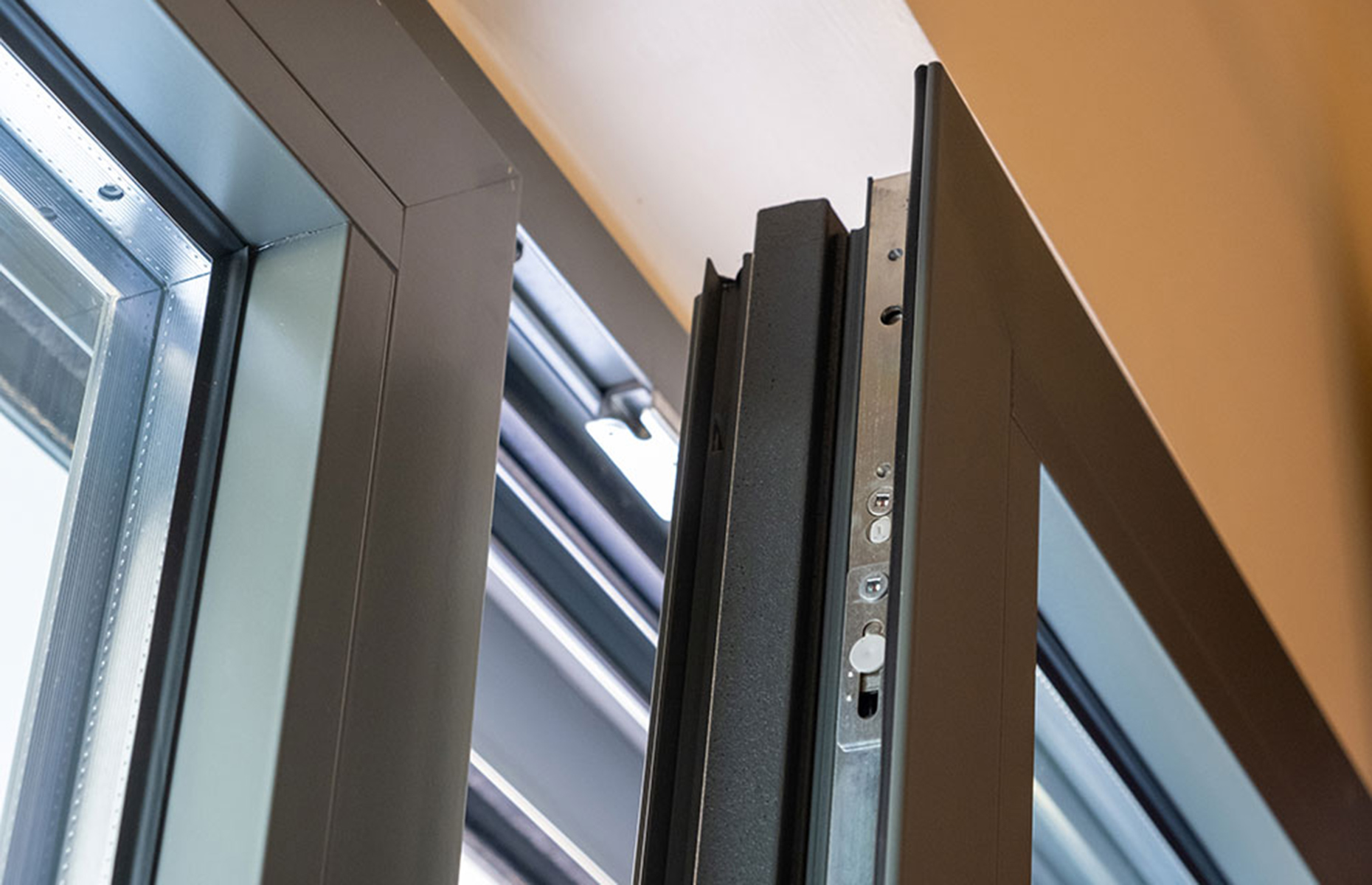
Image credit: 2020 rawf8 / Shutterstock
Adding either double- or triple-glazed doors will massively improve the energy efficiency of your home. Most new doors now come with draught-proofing or insulation built-in, but you should only buy doors and have them installed by reputable glazing companies, which MyGlazing can advise on. Price very much depends on whether you go for bifold or simpler designs and, of course, how big your house is, but it could be a surefire way to reach that desired EPC rating.
4. Cavity wall insulation (45%)
According to the Energy Saving Trust, about a third of a home's heat is lost through its walls. Homes built since 1920 often have cavity walls and though more modern homes—built since 1990—usually have insulated walls, homes built between these dates rarely do. The Energy Saving Trust estimates that the typical cost of cavity wall insulation for a mid-terrace house is £580, but that you could save up to £235 in energy bills each year, so in less than three years you will have made your money back.
3. A newly fitted boiler (45%)
While it may be the thing homeowners fear the most in the winter months—having to fork out for a new boiler—in truth, modern boilers are more efficient than older ones, so it might not be as terrible as it first seems. Boilers are rated according to their efficiency, with A being the most efficient—more than 90%—and G being the least efficient—about 65%. Home Tree reports that as of October 2020, all new boilers must have an efficiency of 88% or more. Though you would expect to pay around £2,500 for a new boiler, by upgrading from a G-graded boiler to an A-graded one, on a mid-terraced house you could save £205 per year, and considering most boilers can have their warranty extended to 10 years, it could effectively pay for itself.
2. Newly fitted double/triple glazed windows (47%)
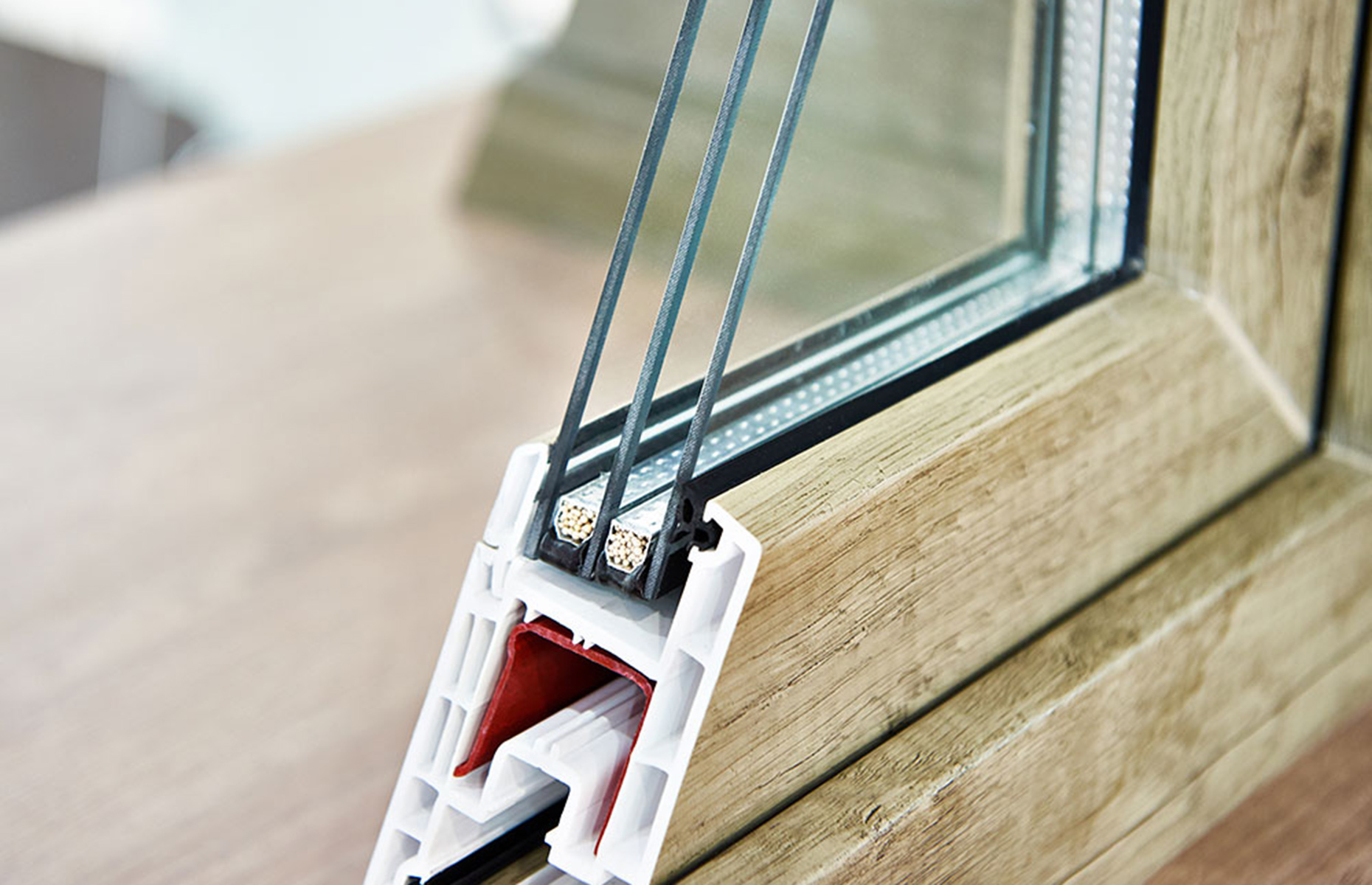
Image credit: 2019 Sergey Ryzhov / Shutterstock
Not the cheapest eco-fix, it’s true, but upgrading the windows in your house with double or triple glazing—from £7,500 for a three-bed house according to the Energy Saving Trust—will improve both your kerb appeal and the warmth of your home.
1. Loft insulation (54%)
Loft insulation comes highest on the list of priorities for potential buyers surveyed. Perhaps unsurprisingly, since loft insulation, which requires an outlay of around £640 for a semi-detached house, can save homeowners around £355 per year. You might even be eligible for support from the government’s Eco+ scheme to pay for it, too.
Main photo: 2022 Simon Collins/Shutterstock
Comments
Be the first to comment
Do you want to comment on this article? You need to be signed in for this feature